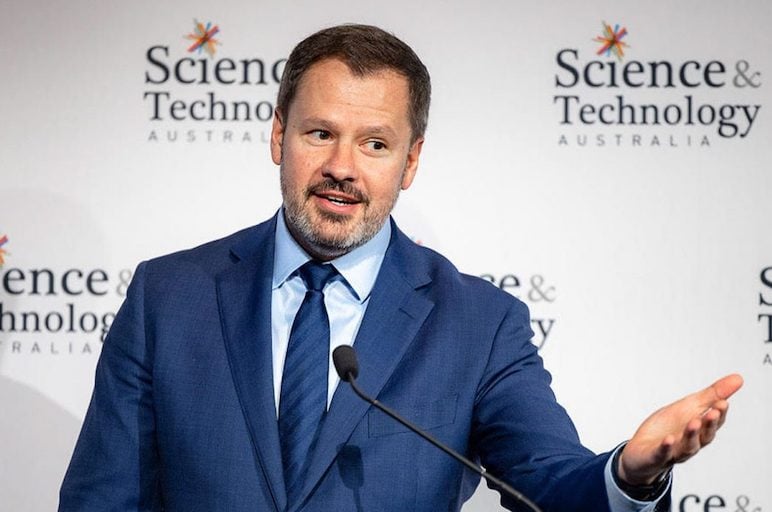Women are seen as a key part of the federal government’s target of 1.2 million tech-related jobs by 2030, with industry and science minister Ed Husic announcing a review into greater female participation and diversity in the science and technology sectors.
Husic has ordered a review by his Department into existing government programs supporting diversity, with an eye on improving the pathways for women and girls into science, technology, engineering and mathematics (STEM).
“Women remain chronically underrepresented in STEM, making up only 16% of people with STEM qualifications. Of First Nations people, only half a percent hold university-level STEM qualifications,” the Minister said.
“Renewed effort is required to address this problem and meet the growing demand for workers in the tech and science sectors.”
Husic said the decision to look at how to shift the dial on female participation emerged from discussions held in the lead up to and during the Jobs and Skills Summit.
“We need to find new ways to call up and skill up Australians from all corners of the community,” he said.
“Improving diversity in our science, technology, engineering and mathematics workforce is not only the right thing to do, it will also deliver a huge boost to our national economy – $60 billion over the next 20 years.
“Breaking the back of a decade long science and tech skills shortage will be a tough job – but a necessary one.”
Programs such as Science & Technology Australia’s Superstars of STEM have helped raise the profiles of women in the sector, also offering others the chance to “see it to be it”.
STA CEO Misha Schubert welcomed the review say that there’s an urgent need to attract and retain more women, First Nations people, regional Australians, culturally and linguistically diverse people, those with a disability and Australians from low socio-economic backgrounds into science and technology careers for the nation to prosper.
“To make major strides to address chronic gender inequity in sectors where that under-representation is most acute, you need consistent strong leadership, long-term investments at scale, strong buy-in, and a powerful resolve to drive cultural change,” she said.
“We’re pleased the review will also look at cultural and structural barriers that limit participation and retention of women and other under-represented groups in STEM professions.”
“To create the “future powered by science” envisaged by Prime Minister Anthony Albanese, we need to be able to draw on Australia’s full talent pool. Clear action to eliminate barriers to participation for women and under-represented groups are key to that goal.”
The review will examine the delivery and impact of existing programs under the government’s Women in STEM program suite, as well as government science and innovation investments, with a view to increasing the diversity of participants. It will look at what is being done internationally and examine cultural and structural barriers that limit participation and retention of women and other under-represented groups in STEM professions.
It will make recommendations on measures to attract, promote and retain diverse groups into the STEM workforce.
Husic said the review will also play a role in reaching the 1.2 million tech-related jobs target
“Widening the skills pipeline is a huge priority, providing better, more inclusive pathways for women, First Nations people, migrants, mature workers and those living with disability,” he said.
“Ensuring all Australians have the opportunity to develop STEM skills is essential to harnessing new technologies for national wellbeing. It will also help build stronger businesses, secure jobs and higher wages.”
Dr Cathy Foley, Australia’s Chief Scientist, welcomed the review.
“We know that despite years of effort, women are still significantly underrepresented in STEM occupations, and the problem goes all the way back to the mid-school years when the participation of girls starts to drop off,” she said.
“But this is more than just about representation. Getting the settings right for women and for other groups in our community, is about equity. It will also ensure we can fill the skills gaps in industries set to shape Australia over the next two decades, by making use of our full human potential.”




















Trending
Daily startup news and insights, delivered to your inbox.